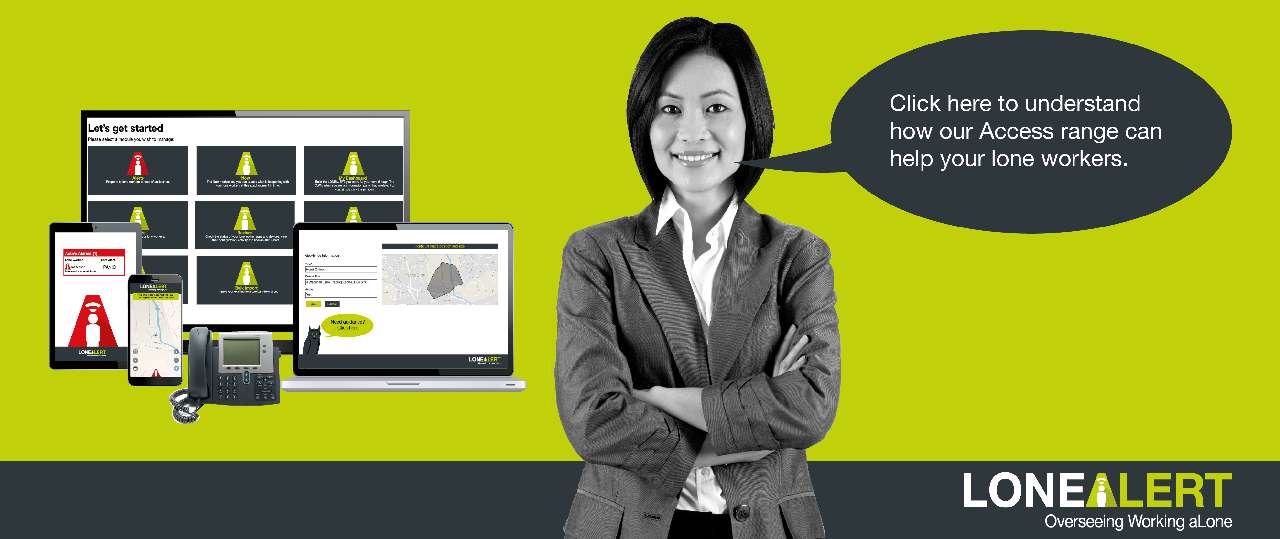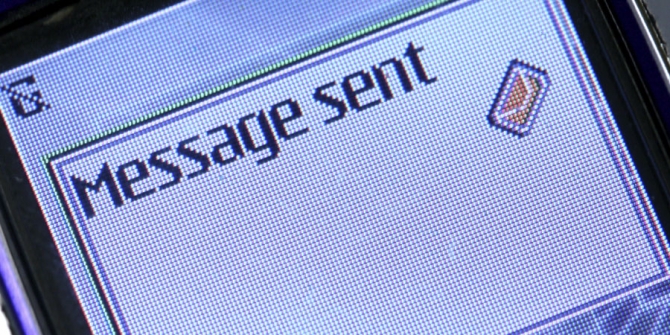Texting has become second nature. It is no surprise then that when many employers look to lone working solutions to help keep their staff safe, a system that uses texting is often the first choice.
For so many, it’s a no brainer. There’s no need for intense training to teach workers how to get to grips with an unfamiliar device or technology, it’s simply taking something that every worker is already familiar with and using it to keep them safe.

Our ACCESS range, which is a low cost solution provides lone worker protection via mobile phone/ landline and has cemented its status as an efficient and effective tool to protect lone workers and can really open up users from a wide range of industries to a whole new world of simple-but-effective health & safety protection.
Whether it be a quick text sent at the beginning of the day to ‘check in’, a text to provide the location of a house call - or an emergency text pleading for help to be sent in a worst case scenario - using texting as a solution for lone workers is both simple and incredibly effective.
If proof was needed about how powerful a simple text can be, the case of British backpacker Mary Kate Heys should do it. The 20-year-old may not be a lone worker, but the story of how a text message saved her life could very easily translate to thousands of lone workers who find themselves in potentially threatening situations or unfamiliar locations.
Ms Heys had agreed to ride with a man from their hostel in south-east Queensland to Brisbane but when he drove in the opposite direction and refused to allow her out, she text her father with her location and a plea to call police. Her quick text meant that police were able to intercept the car before she came to any harm.
It is hard to imagine the outcome if Ms Heys had been unable to discreetly text her father to let him know where she was and to beg for help to save her from her terrifying ordeal.
Texting is so simple. It’s something most of us do every day - and it could save your life.
Article reference:







